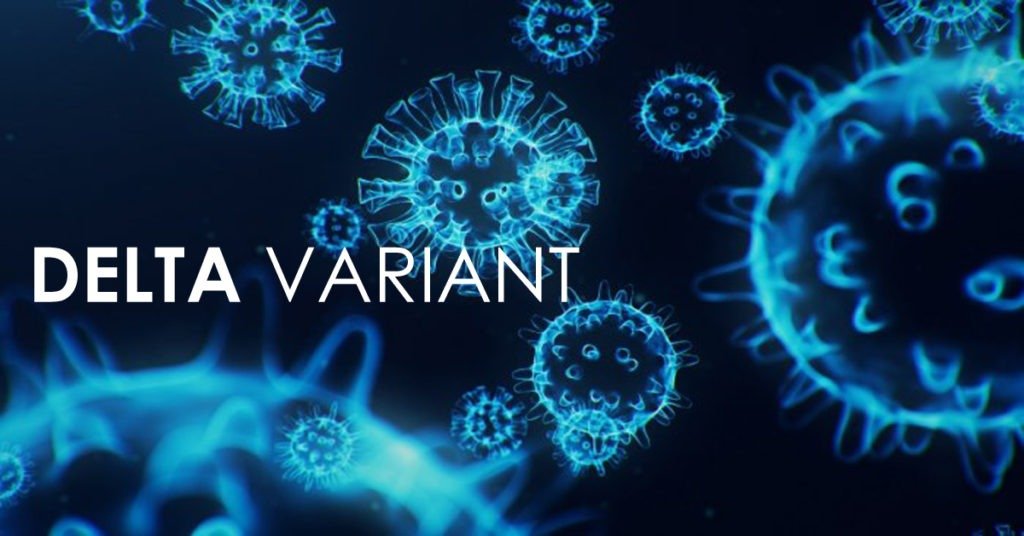What is Telecardiology?

Telecardiology is a contemporary medical practice leveraging telecommunications for the remote diagnosis and treatment of heart diseases, such as coronary heart disease (both chronic and acute), arrhythmias, congestive heart failure, and sudden cardiac arrest.
In telecardiology, healthcare providers use electrocardiographic data transmitted in real-time to specialists for interpretation. This process allows people in remote areas to access specialist care. Advances in technology have made it more feasible and cost-effective to establish wireless or satellite networks, enhancing the efficiency and accessibility of telecardiology services.
How Telecardiology Works
Telecardiology relies on a specialized device that captures and records a 12-lead electrocardiogram (ECG) in primary care settings and transmits the ECG image as a sound signal over a telephone line. At the telecardiology facility, this data is converted back into an image on the screen. Specialists then interpret the information and quickly provide an oral report, followed by a written summary sent via email or fax to the patient hub. All ECGs are stored in an electronic database for future comparison.
Single-lead ECG devices, available in watch-like forms, enable patients to monitor their heart condition from home. This facilitates better disease interpretation and diagnosis, as patients can record ECGs whenever symptoms occur, rather than waiting to reach a doctor’s office.
Benefits of Telecardiology
Telecardiology primarily supports primary care practitioners (PCPs) by enhancing their diagnostic accuracy and confidence in managing cardiac patients, benefiting both patients and the healthcare system. It improves clinical training by increasing the knowledge of primary level clinicians, thereby enabling them to offer better care. This approach is beneficial for diagnosing and managing pediatric heart disease, chronic cardiac failure, and emergencies like myocardial infarctions. Telecardiology can reduce consultation time significantly while ensuring patients receive high-quality care promptly.
Additionally, telecardiology helps reduce missed cardiac events. Single-lead ECG devices are more efficient in detecting arrhythmias compared to Holter machines, as they can be worn continuously and activated whenever the patient experiences symptoms, improving arrhythmia detection and monitoring during treatment.
Telecardiology is also effective for long-term monitoring of coronary heart disease risk factors such as hypertension and hypercholesterolemia, with results comparable to face-to-face monitoring. Furthermore, telecardiology has been shown to dramatically reduce door-to-balloon time—the interval between hospital admission and angioplasty—by enabling early diagnosis and preparation of medical personnel, thus minimizing surgery delays and preventing further heart muscle damage.
The small, portable nature of telecardiology devices allows for rapid, accurate bedside diagnoses. Telecardiology has proven to improve healthcare quality, increase cost-effectiveness, and save lives.
Conclusion
Telecardiology enhances the speed and convenience of diagnosing acute coronary events, improves access to specialist care, ensures efficient patient triage and management, and reduces the burden on secondary referral hospitals.
